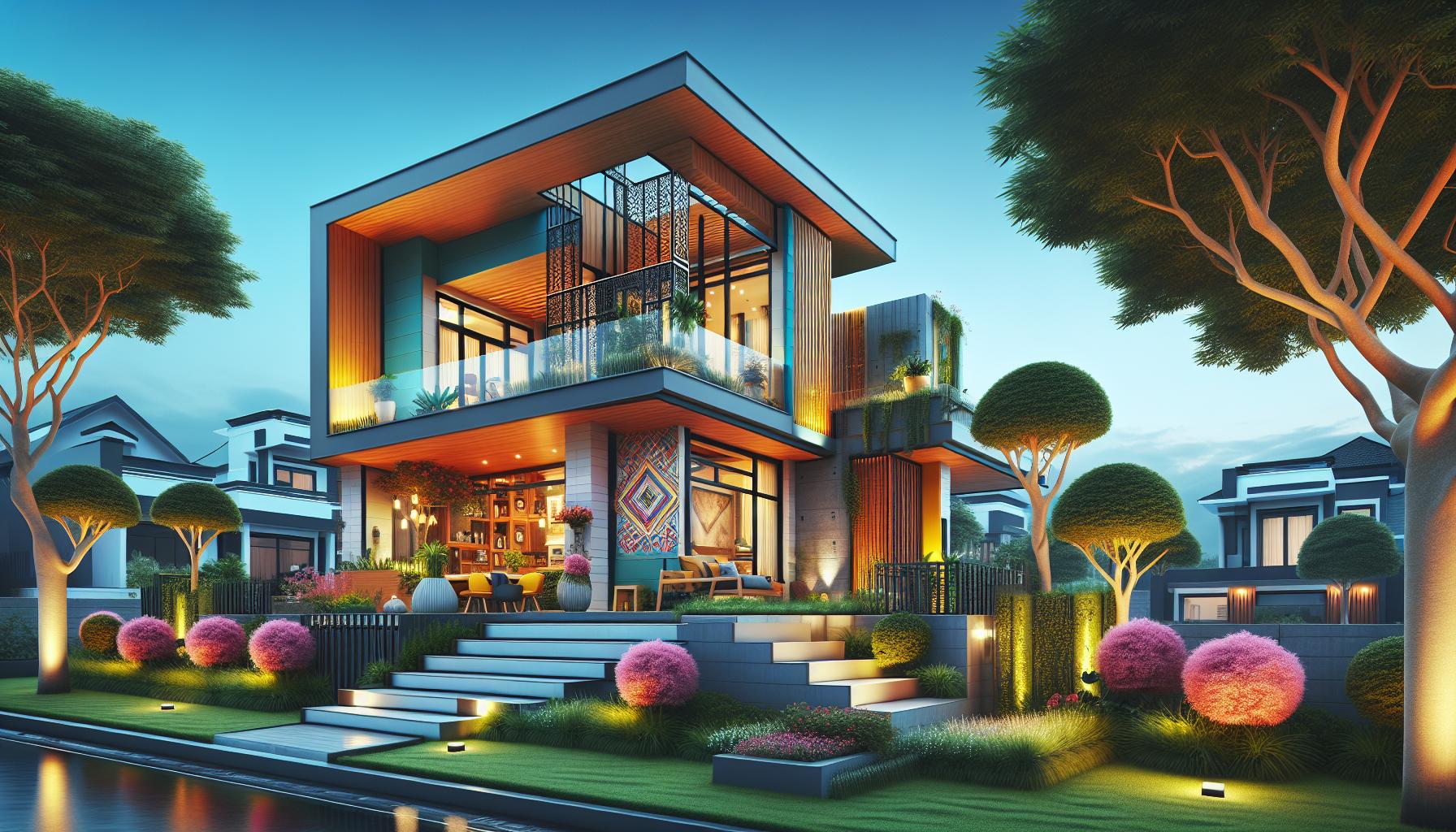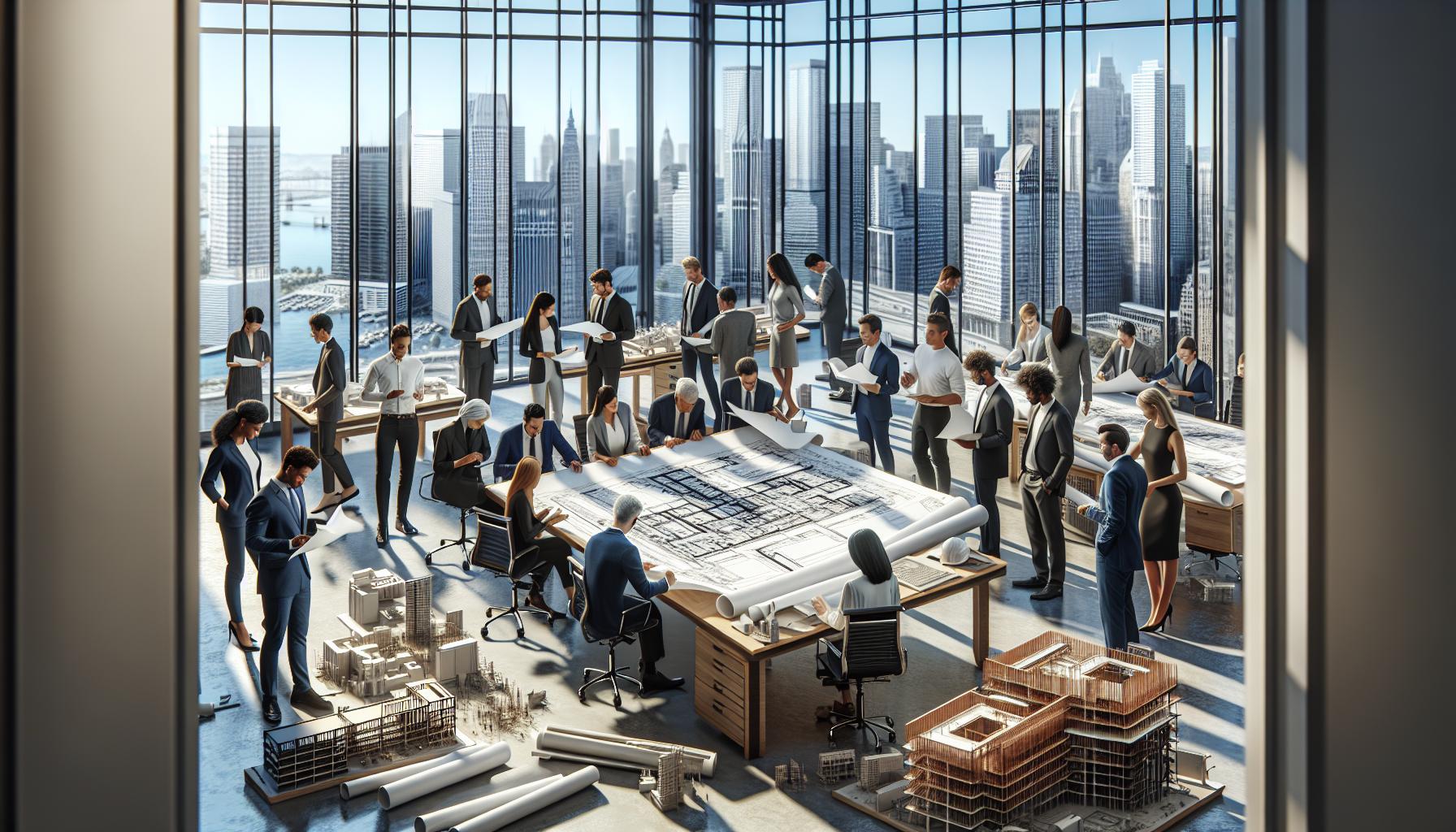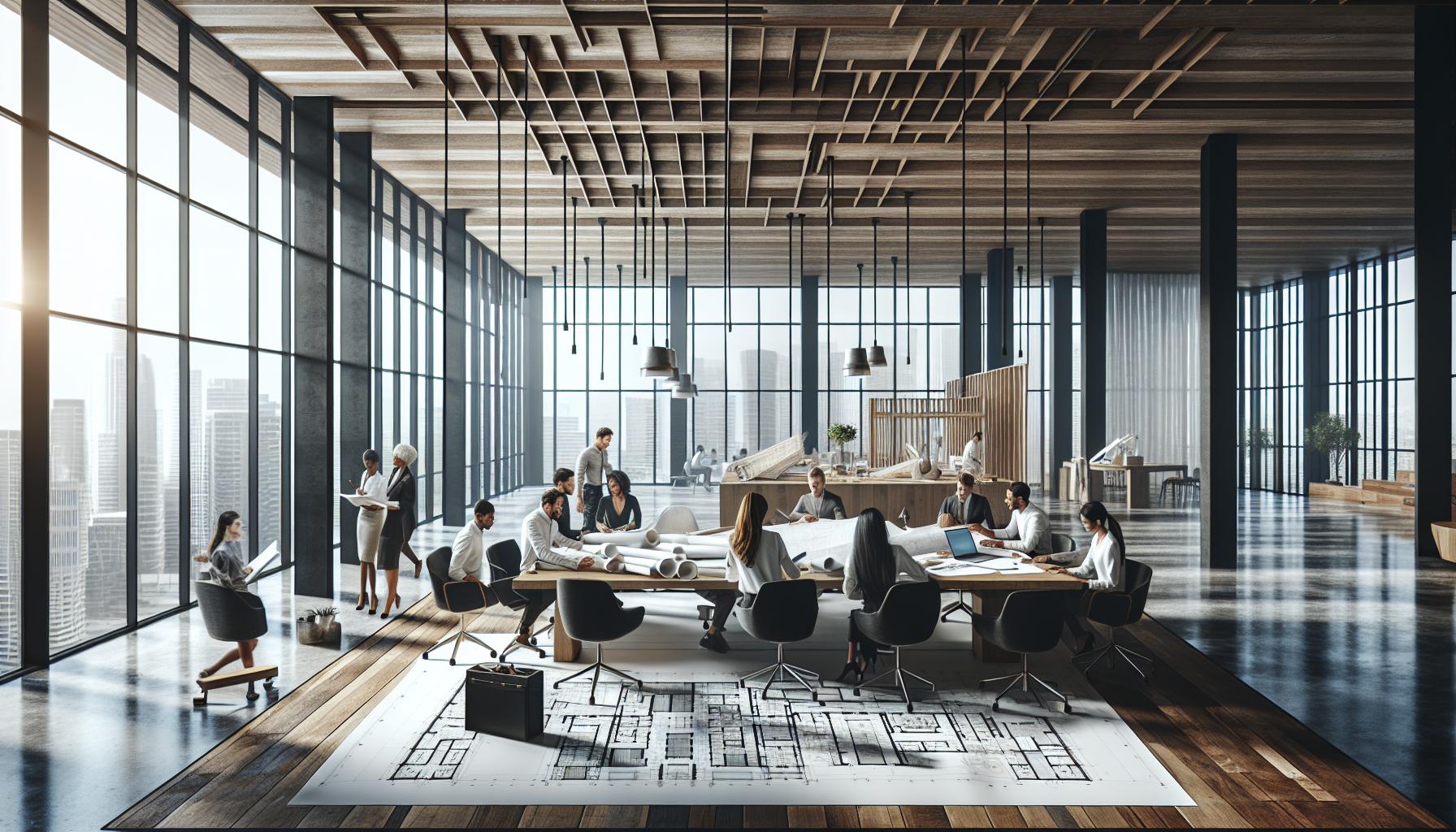In a world where cookie-cutter homes dominate the landscape, custom architectural design stands out like a unicorn at a horse race. It’s not just about building a structure; it’s about crafting a masterpiece that reflects individuality and style. Who wouldn’t want a home that feels like a personal sanctuary rather than a generic box?
Imagine strolling through a space that’s tailored to your tastes, where every corner whispers, “You belong here.” Custom design transforms dreams into reality, allowing creativity to flourish while ensuring functionality. Whether it’s a cozy cottage or a sleek modern marvel, the possibilities are endless. So why settle for ordinary when extraordinary is just a blueprint away? Let’s explore the art of custom architectural design and discover how it can elevate not just buildings but lives.
Custom Architectural Design
Custom architectural design tailors building spaces to meet individual needs and preferences. Architects create designs that embody personal visions, allowing for distinctive characteristics not found in standard homes. This approach elevates not only aesthetic appeal but also functionality, ensuring spaces serve their intended purpose effectively.
Innovative design solutions emerge from collaboration between clients and architects. The design process typically begins with an in-depth consultation, where architects gather insights about the client’s lifestyle, tastes, and aspirations. Custom designs often incorporate sustainable practices, enhancing energy efficiency while minimizing environmental impact.
Architectural styles vary widely within custom design, accommodating diverse cultural influences and personal tastes. Contemporary designs might incorporate open layouts and large windows, emphasizing natural light. Conversely, traditional styles could feature classic materials and craftsmanship, providing a timeless elegance.
Technological advancements play a pivotal role in custom architectural design. 3D modeling, virtual reality, and building information modeling streamline the design process and enhance visualization. These tools allow clients to interact with their designs, fostering a deeper connection to the project.
Budget management remains crucial in custom architectural design. Architects work closely with clients to ensure that design aspirations align with financial considerations. Effective planning facilitates informed decisions about materials, finishes, and construction methods.
The transformative power of custom architectural design impacts not only individual homes but also entire communities. Unique designs contribute to neighborhood identity and foster a sense of belonging among residents. Each custom project stands as a reflection of human creativity, enhancing the quality of life through thoughtfully crafted environments.
Benefits of Custom Architectural Design

Custom architectural design offers numerous advantages that cater to individual needs and lifestyles, enhancing both function and beauty in living spaces.
Unique Aesthetic Appeal
Custom designs provide distinct visual characteristics that standard homes often lack. One significant benefit lies in the ability to reflect personal style through unique architectural features, colors, and materials. Each design integrates elements that resonate with the owner’s preferences, ensuring no two homes look alike. Incorporating local cultural influences results in a structure that harmonizes with its environment. Impressive craftsmanship elevates the overall appeal, transforming mere structures into works of art. Furthermore, unique layouts can showcase creative designs that maximize curb appeal, making a lasting impression on visitors.
Functional Space Utilization
Functional space utilization plays a key role in custom architectural design. Architects tailor layouts to align with the lifestyle and preferences of the occupants. Thoughtful planning maximizes square footage, allowing for efficient use of every area within the home. Custom features like built-in storage solutions optimize otherwise unused spaces, providing practicality while maintaining aesthetic integrity. Open floor plans foster fluid movement and interaction among family members, catering to both daily routines and entertaining. The ability to personalize these spaces ensures they serve specific purposes, enhancing the comfort and livability of the environment.
Key Considerations in Custom Architectural Design

Custom architectural design involves multiple critical factors that shape the overall outcome of a project. Thoughtful consideration of these elements ensures the final design aligns with the client’s vision and requirements.
Budget and Cost Factors
Budget constraints play a pivotal role in the custom design process. Establishing a clear budget upfront helps set realistic goals for the project. Architects often work collaboratively with clients to create a design that maximizes quality while minimizing costs. Detailed cost breakdowns for labor, materials, and permits provide transparency, ensuring no surprises arise during construction. Understanding potential additional expenses, such as landscaping or furnishings, is crucial for a comprehensive budget plan.
Location and Environment
Location significantly influences custom architectural design. Geographic features, climate conditions, and surrounding infrastructure affect material choices and structural components. Designers analyze these environmental aspects to ensure harmony between the building and its surroundings. Additionally, local zoning laws and regulations impact the project’s feasibility and intended use. Engaging with the environment often enhances the aesthetic appeal and functionality of the design, leading to a more sustainable and integrated outcome.
Trends in Custom Architectural Design

Custom architectural design currently embraces innovative trends that elevate functionality and aesthetic appeal. These trends reflect changing client preferences and advancements in technology, enhancing personal expression within the built environment.
Sustainable and Eco-Friendly Designs
Sustainable designs focus on reducing environmental footprints. Incorporating energy-efficient systems like solar panels significantly lowers utility costs and promotes eco-awareness. Materials such as reclaimed wood and bamboo not only offer stylish options but also minimize waste. Natural ventilation strategies improve indoor air quality while reducing reliance on mechanical systems. Builders prioritize passive design techniques that optimize natural lighting and reduce energy consumption.
Technology Integration
Technology integration transforms the custom design process. Architects utilize software for 3D modeling, allowing clients to visualize projects before construction starts. Virtual reality tools facilitate immersive experiences, enabling clients to explore their spaces interactively. Smart home systems enhance convenience through automation of lighting, security, and climate control. Enhanced collaboration platforms streamline communication between clients and designers, fostering transparency and efficiency throughout the project lifecycle.
Custom architectural design offers a unique opportunity to create spaces that truly resonate with individual lifestyles and preferences. It transforms the way people experience their homes by blending aesthetics with functionality. By prioritizing collaboration and sustainability, architects can craft environments that not only meet personal needs but also contribute to the broader community.
Embracing current trends and technological advancements ensures that custom designs remain relevant and innovative. As homeowners seek to express their identities through their living spaces, the importance of custom architecture continues to grow, making it a vital aspect of modern living. Investing in custom design is more than just a choice; it’s a commitment to a lifestyle that values uniqueness and quality.



